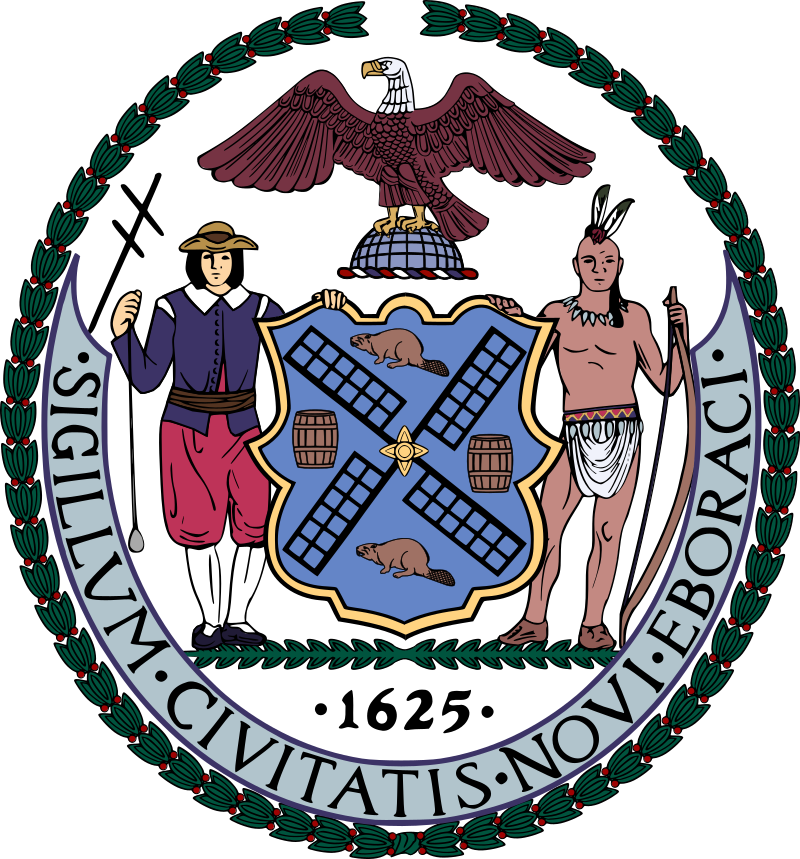Mouhamadou bah
ENGLIT 2200
Proff.Noonan
9/17/23
Discussion: one scene that I found very interesting was when they decided to leave the homes they have known for so Long in search of a new one because of the enforced religion they were living under. they traverse the the harsh seas the long winters in hoes of finding a place to call their own. And I think that is the bravest thing someone could do in that time was leave the known in search for the unknown.
READING: In praise of new Netherlands 1634. the first poem written in and about New York
this reading is about a man who was one of the first settlers in New York City, he was a poet named Jacob Steendam. the reading talks about Jacob life as one of the first settlers .it talks about his life before, as in where he was from, his ethnicity and his parents it also talks about when he cane to New York as in the job his had, the poetry he wrote, the places he’s been and the memories h’es made. for examples it says that because of his passion for writing poetry, he sought others who had the same passion and even joined a literacy circle run by a famous dutch person called Jan Zoet. But he realized that he needed more money so he decided to get a real job with dutch west India company, an organization heavily involved in trade specially in tropical regions. soon after he came back from his post in Ghana he decided to Mary in 1649.he also visited other visited other places with his wife for work related reasons. what I found most interesting in this whole entire reading is the the poetry he wrote about New York. I found it very fun to read and easily understandable. it says when he returned to Poland he got rehired by the dutch east India company. soon after he and his wife got sent to to the East Indies now known as Jakarta, where he continued to write and owned an orphanage and died of old age.
VIDEO: history of new Amsterdam
in this video the narrator talks how the americas came to be formed. they talk about the how the early settlers slowly ceased control lands from the ingenious people. they colonized the country by bringing trading companies and ships so that they can take the resources to their countries. also how they tricked the Indians by taking so much stuff and only giving them trinkets with only $20. and just like the America’s was own by the white American’s, and there are so few left of those who owned it the first place.





Recent Comments